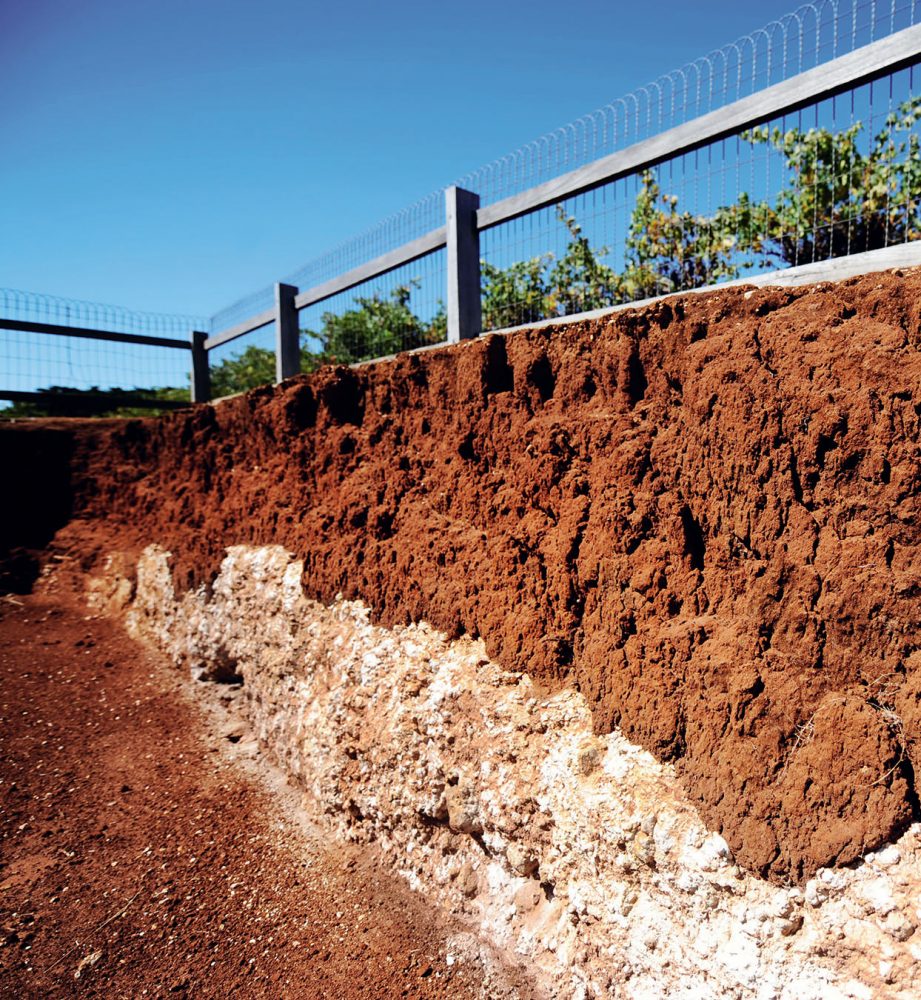If, when you hear the word limestone, you think of wine, chances are you are a confirmed wine geek. From its ability to retain water to providing a high pH medium that allows the individual berries to access a wider spectrum of minerals and retain their natural acidity, limestone is often considered to be the holy grail of vineyard soils. And, like the grail, its presence in soils has been sought out—by viticulturists and winemakers—for a long, long, time. It’s no wonder Australia’s Limestone Coast is paradise for grapevines.
The Limestone Coast GI (Geographical Indication) is located in the southeastern corner of South Australia, along the Victoria border. It is easily one of the most significant wine zones Down Under, turning out close to a third of the state’s top-quality wines—and that doesn’t include the many Limestone Coast grapes used but seldom acknowledged in some of the most acclaimed wine in Australia.
The Limestone GI is relatively new to the wine game; it was only created in 1996. Yet its soils are, in a word, ancient. Some 25 million years ago, the entire region was under water. Over time, decaying crustaceans littered the seabed and, under pressure, formed a series of reefs destined to one day yield some of the finest cabernet sauvignon in the world. It took a million years and a succession of ice ages and receding glaciers before the seabed was exposed in a series of ridges or coastlines (14 in all) known as the Limestone Coast. Ancient red soils, eroded by wind further inland, slowly covered the ridges at varying depths, and the birth of a wine region was complete.
The Limestone GI is divided into several subzones, including Padthaway in the north, Mount Benson and Robe on the northwest coast, Wrattonbully in the middle, and most recently Mount Gambier in the south. But it’s the terra rossa soils of Coonawarra that have set the standard for the region. As early as 1891, a Scot named John Riddoch planted vines in Coonawarra. His own winery later became the famous Wynns Coonawarra Estate and is one of nearly two dozen currently thriving along the flat, mostly dead, two-by-12-kilometre strip of red earth divided only by the main road that runs between Penola and Naracoorte. As magical as the bright red soils look, it’s the combination of them and underlying limestone that works most of Coonawarra’s magic.
Locals are crazy about Coonawarra cabernet sauvignon, and come to think of it, in a time when we are all searching for wine with a sense of place, the Coonawarra place name has forever been tagged to its star varietal wine cabernet sauvignon, reinforcing the dictum that place matters. Cabernet sauvignon makes up 63 per cent of the estimated wine grape value in Coonawarra and is grown by virtually all 130 grape growers in the region. In 2010, a magnificent year for wine in Coonawarra, and the current vintage available in Canada, you should expect to discover some of the finest Coonawarra cabernet ever produced. Names to look for include Brand’s Laira, Hollick, Katnook, Majella, Penley, Pepper Tree, Rosemount, Wolf Blass, Wynns, and Yalumba Menzies.
Coonawarra is the aboriginal name for “wild honeysuckle”. Perhaps it was Coonawarra’s sweet smell of success that gave John Riddoch the impetus to plant his cabernet sauvignon over the famed limestone soils back in 1891. Whatever the reason, Riddoch was on to something that, 121 years later, remains a grail of cabernet sauvignon terroirs.









